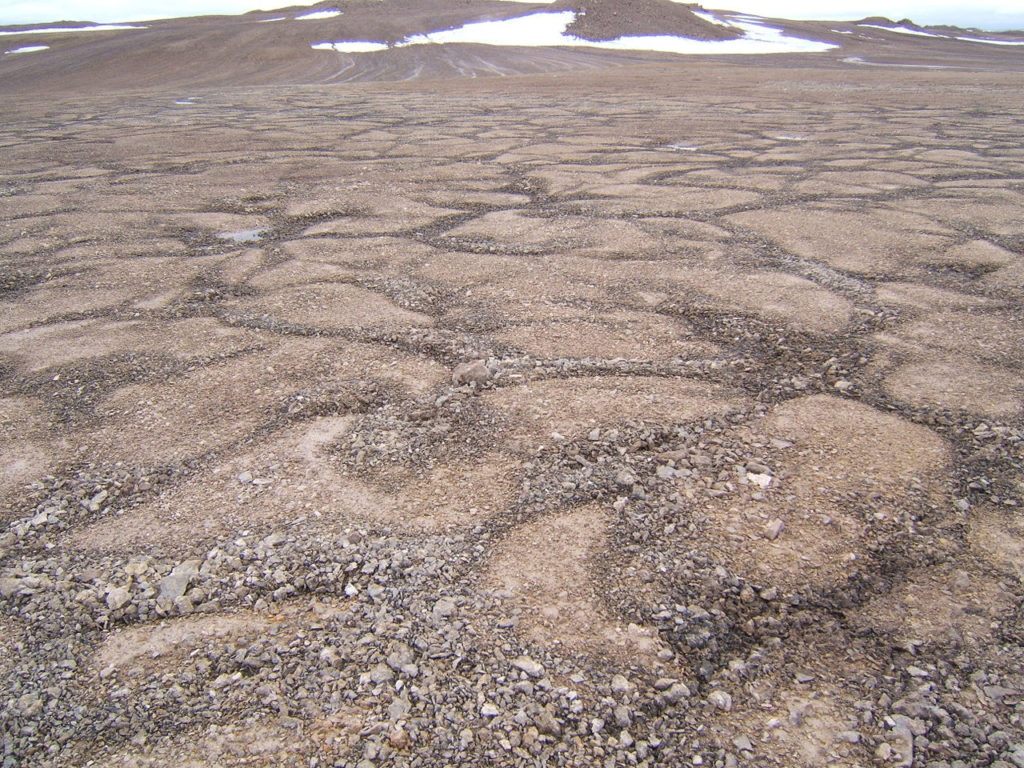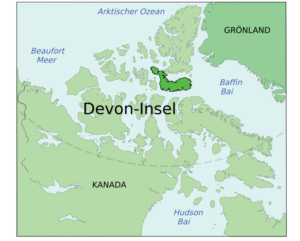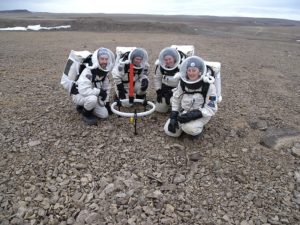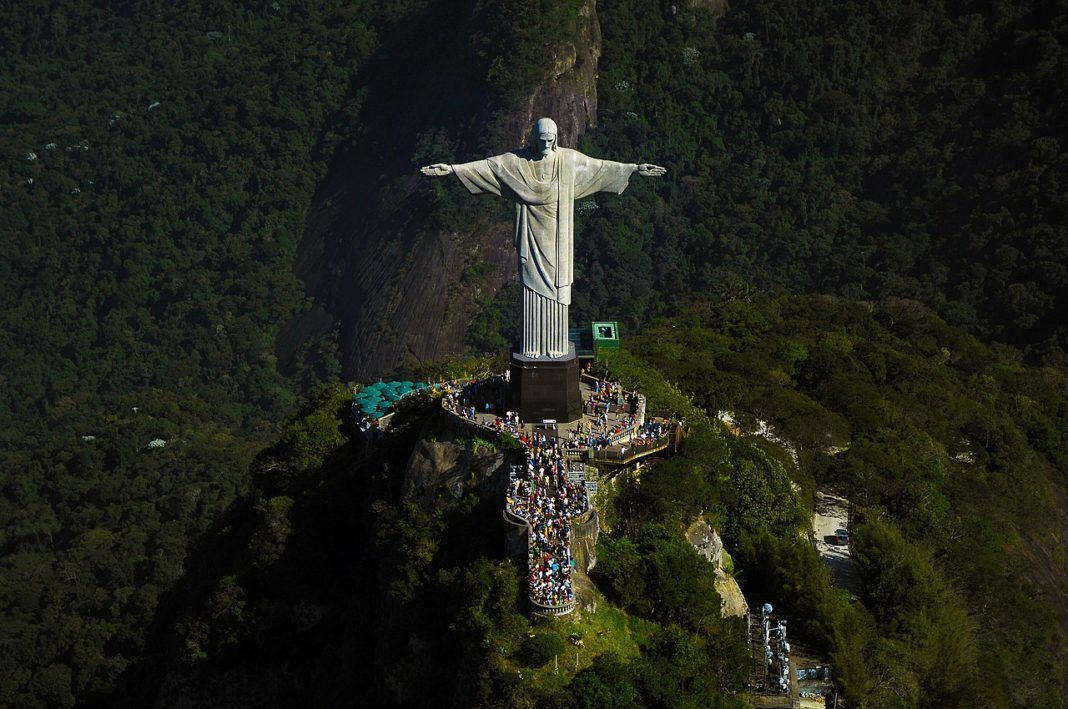Devon Island is an island in Canada. It is located in Baffin Bay, Qikiqtaaluk Region, Nunavut, Canada. It is one of the largest members of the Arctic Archipelago, the second-largest of the Queen Elizabeth Islands, Canada’s sixth-largest island, and the 27th-largest island in the world.

Robert Bylot and William Baffin were the first Europeans to sight Devon Island in 1616. William Edward Parry charted its south coast in 1819–20, and named it North Devon, after Devon in England, a name which was changed to Devon Island by the end of the 1800s.

Devon Island is the largest uninhabited island (with no permanent residents) in the world. It has an area of 55,247 km2 (slightly smaller than Croatia). The bedrock is Precambrian gneiss and Paleozoic siltstones and shales. The highest point is the Devon Ice Cap at 1,920 m which is part of the Arctic Cordillera. Devon Island contains several small mountain ranges, such as the Treuter Mountains, Haddington Range, and the Cunningham Mountains. The notable similarity of its surface to that of Mars has attracted interest from scientists.

Because of its relatively high elevation and its extreme northern latitude, Devon Island supports only a meagre population of muskox and small birds and mammals; the island does support hypolith communities. Animal life is concentrated in the Truelove Lowland area of the island, which has a favorable microclimate and supports relatively lush Arctic vegetation. Temperatures during the brief (40 to 55 days) growing season seldom exceed 10 °C (50 °F), and in winter can plunge to as low as −50 °C (−58 °F). With a polar desert ecology, Devon Island receives very little precipitation.
In July 2004, Devon Island became the temporary home for five scientists and two journalists, who were to use the Mars-like environment to simulate living and working on that planet. The Haughton crater is now considered one of the world’s best Mars analog sites. It is the summer home to NASA’s complementary scientific program, the Haughton–Mars Project. HMP has conducted geological, hydrological, botanical, and microbiological studies in this harsh environment since 1997.
According to wikipedia















